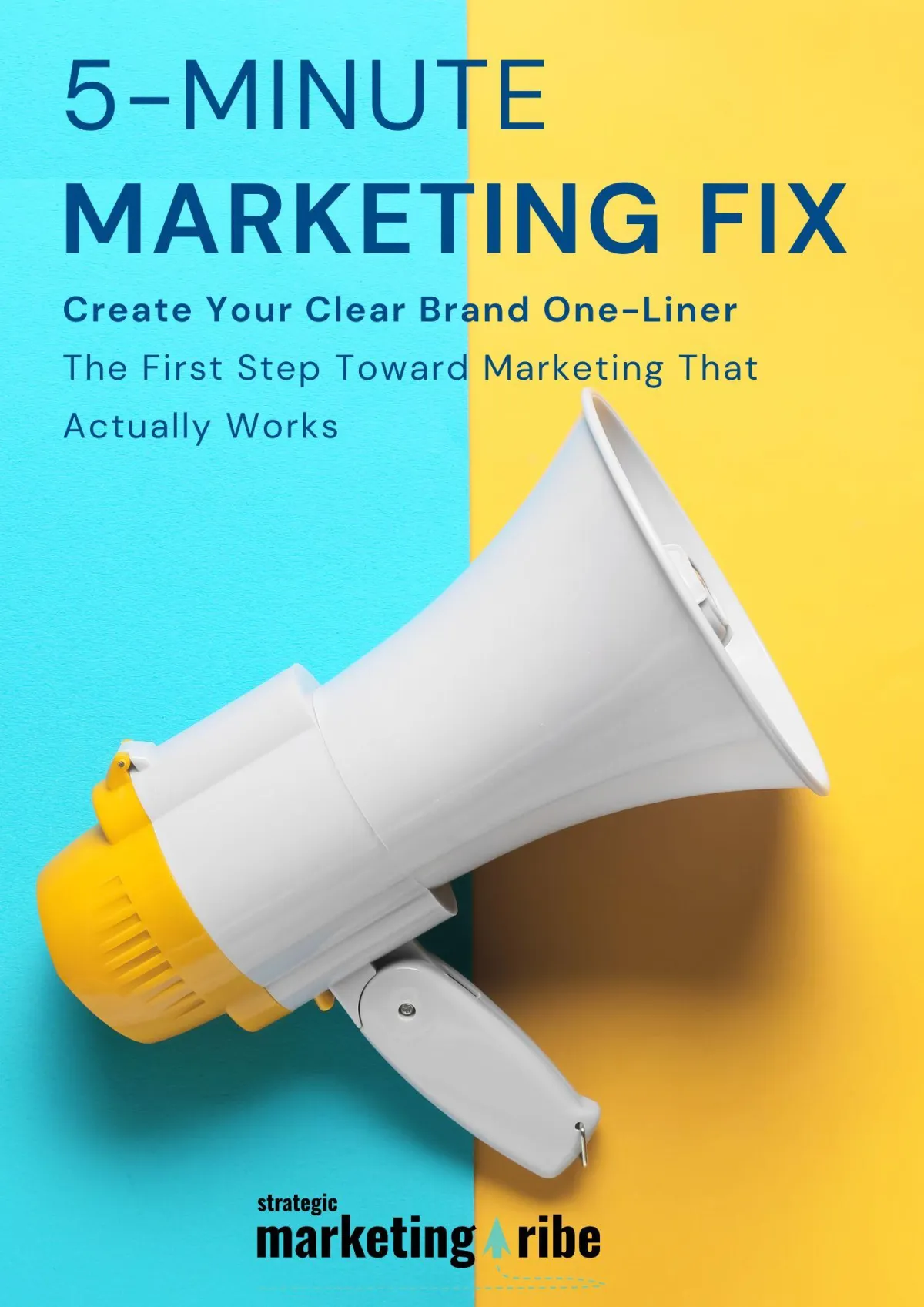STORY, MEET STRATEGY
Let’s make marketing feel less robotic and more real.
Find resources that bring your message—and your business—to life.

AI Fraud Crisis Warning—What Small Biz Must Do Now
By Vicky Sidler | Published 5 August 2025 at 12:00 GMT
You can now be impersonated by a robot in under 40 seconds—and that robot isn’t coming for your job, it’s coming for your bank account.
That’s not sci-fi paranoia. That’s a summary of OpenAI CEO Sam Altman’s recent warning during a talk at the Federal Reserve. According to Altman, we’re staring down the barrel of a full-blown AI fraud crisis—and small businesses are directly in the firing line.
In his words:
“I am very nervous that we have an impending, significant, impending fraud crisis.”
Yes, he said “impending” twice. That’s how worried he is.
So what should you be doing while the tech giants lobby Congress and debate the ethics of deepfake FaceTime calls?
Let’s break it down—without the doomscrolling.
TL;DR
Sam Altman warns AI voice and video impersonation scams are escalating fast
Even big banks still use voiceprints—AI can beat them
Scammers already impersonated U.S. officials using AI
Small businesses are easy targets for AI-powered fraud
Protect your brand, messaging, and communications now
Need help getting your message right? Download the 5-Minute Marketing Fix.
The Scammers Are Upgrading—Are You?
Altman pointed out that some institutions still authenticate money transfers using voice recognition. That’s no longer security—that’s now an invitation.
The FBI is already tracking AI-enabled scams where fake voices claim to be your kids in trouble. Which is really scary. But here’s what’s scarier: your customers may soon get emails, videos, or calls that look and sound like you.
Only… it’s not. It’s a scammer using AI tools so good they’re indistinguishable from the real thing.
Imagine a customer getting a fake invoice from “you,” a voice note “confirming” it, and maybe even a FaceTime follow-up.
Your reputation? Gone.
Your customer trust? Broken.
Your ability to explain it was fake? Too little, too late.
Your Message Is a Security Asset:
This is where branding and messaging stop being “nice to have” and start being your first line of defense.
If your customers don’t know what kind of messages you usually send, how you typically sound, or what to expect from you, it becomes a whole lot easier to trick them.
That’s why small businesses need to:
Standardize your customer communication: Send info the same way, every time—same sender, same style, same tone. If it looks “off,” customers will notice. Consistency = credibility.
Train your audience to spot real vs fake: Add clear disclaimers like: “We’ll never ask for payment via WhatsApp.” Include a contact verification step—especially for high-value requests.
Clarify your brand voice: If a fake voice note or video tries to mimic your brand, will people know it’s off? A strong, consistent message makes you harder to impersonate.
Yes, Even Small Brands Are Targets:
You might be thinking, “I’m too small. Why would scammers care?”
Because small businesses are the soft targets. You likely don’t have a legal department, a cybersecurity team, or a PR firm on standby.
And if you’re working with contractors or freelancers, you’ve got even more potential entry points for fraud. A fake brief, a spoofed invoice, or a cloned sales pitch—all possible with today’s free AI tools.
This isn’t just about protecting your finances. It’s about protecting your relationships.
What You Can Do Today (Without Hiring a Hacker):
Review how customers receive information from you: Are your invoices clear? Are your emails branded? Is your sender domain consistent? If not, fix it. If you're using Gmail for business—stop.
Create a simple fraud notice for your site and proposals: “We will never ask for banking details over WhatsApp or voice message.” Banks do this all the time. It's boring, but it works.
Strengthen your messaging: If people can’t describe what you do in one sentence, you’ve got a messaging problem—and a trust problem. Start by fixing that. Not just for marketing—but for security.
Because “Proof of Human” Starts with Clarity:
Altman is backing a tool called The Orb that promises “proof of human” in a future full of deepfakes.
Until then, your proof of human is sounding like yourself. A brand people can recognize—even when scammers try to fake it.
So if your current message could be copied and pasted by anyone, it’s time to sharpen it. Start with the 5-Minute Marketing Fix. It’ll help you get clear, stay consistent, and make fraud just a little harder for the bots.
Because a strong message isn’t just about standing out—it’s about staying safe.

Created with clarity (and coffee)






